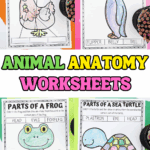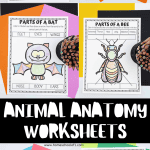21 Free Animal Anatomy Worksheets for Kids
Animal anatomy worksheets are a simple way to make science lessons more engaging for kids.
When my son worked on these, he didn’t just label parts like wings or flippers, he started asking questions about how animals move, eat, and survive.
That curiosity turned worksheets into meaningful conversations, helping him connect what he saw on the page to real-world biology.
These activities give children the chance to build vocabulary, strengthen observation skills, and enjoy learning in a way that feels both structured and fun.
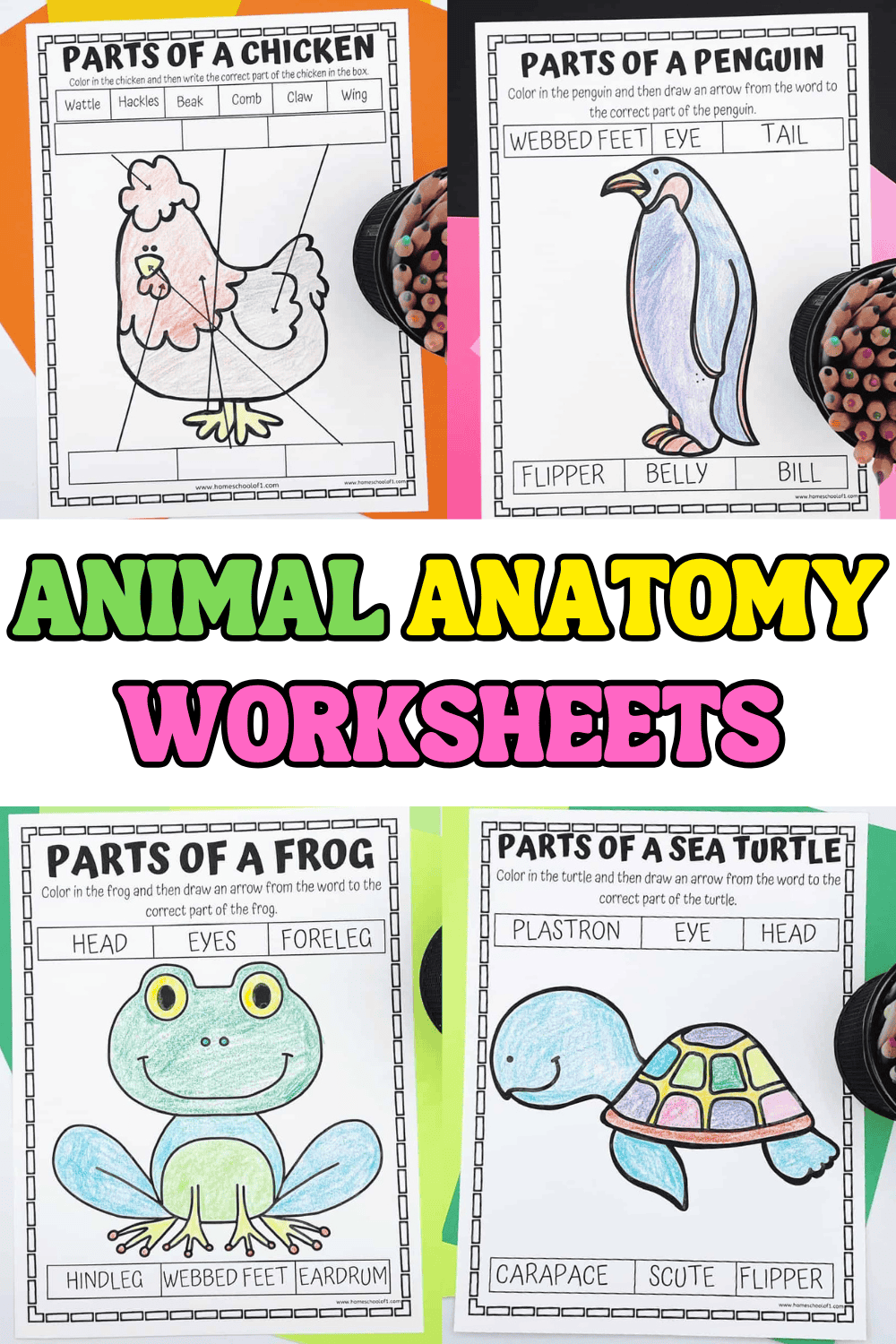
**This post may contain affiliate links. As an Amazon Associate and a participant in other affiliate programs, I earn a commission on qualifying purchases.**
Body Parts of Insects Worksheets
Explore the world of insects with these labeling and coloring activities. Perfect for budding entomologists, they help children see how body structures like wings, antennae, and stingers work together to help insects survive.
- Ant anatomy – Kids can label and color the three main body segments, antennae, and legs, a great way to introduce insect classification.
- Bee body parts – From wings to stinger, this sheet sparks conversations about pollination and how bees protect their hive.
- Butterfly labeling page – Children can color the wings, antennae, and proboscis while learning how butterflies eat and migrate.
- Caterpillar anatomy – Segments, legs, and head are highlighted, making this a fun step before studying the butterfly life cycle.
- Ladybug diagram – Spotted wings and small legs introduce children to helpful garden insects.
- Spider printable – Though not an insect, spiders add variety and interest; kids can count its eight legs and multiple eyes.
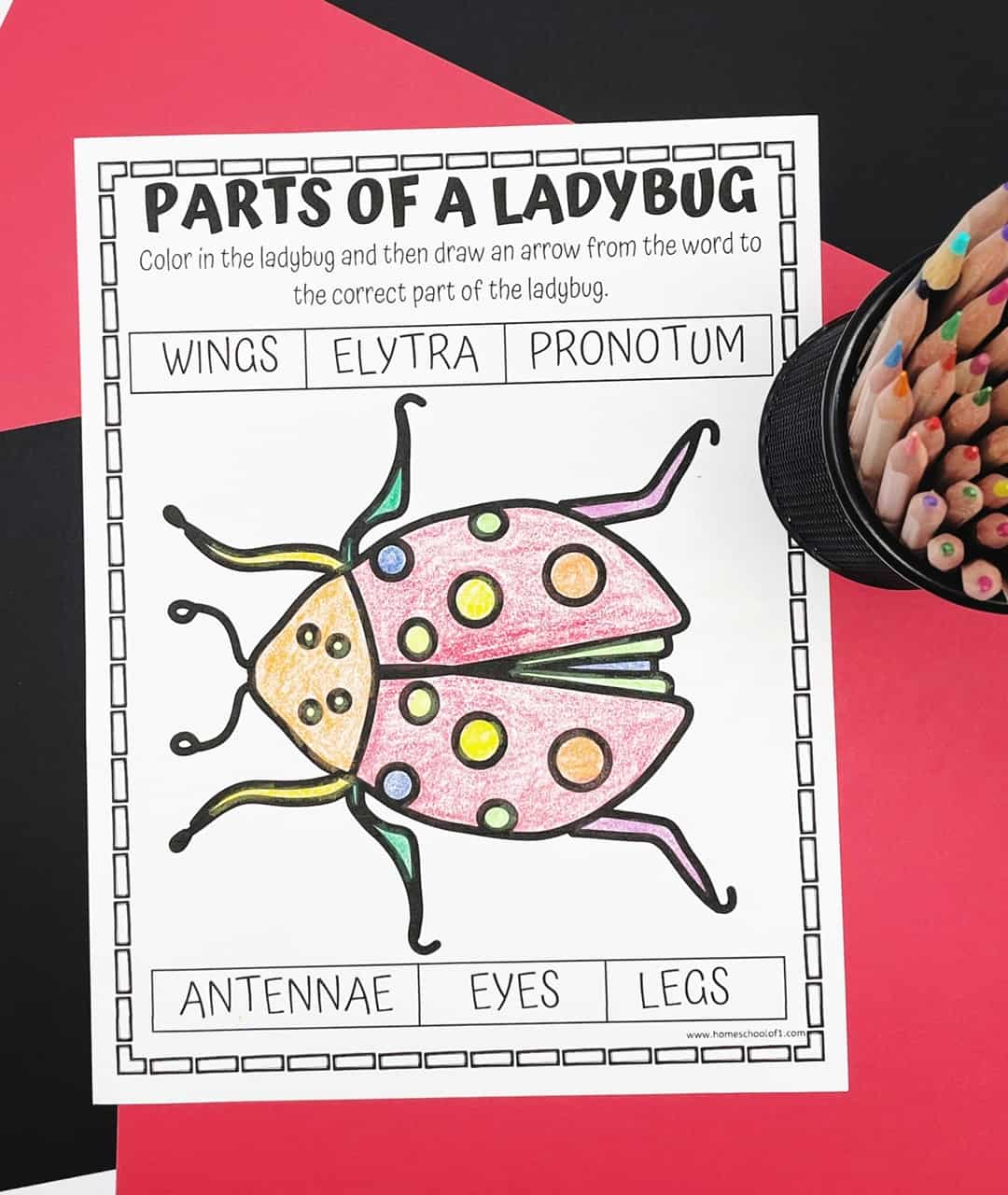
Body Parts of Mammals Worksheets
Mammals are familiar to kids, which makes them a great starting point for anatomy practice. These activities break down features like paws, fur, and teeth so children can see how mammals adapt to different environments.
- Bat anatomy – Label wings, ears, and teeth to show how bats are the only mammals capable of true flight.
- Groundhog diagram – Highlight paws, nose, and tail while talking about how groundhogs dig and hibernate.
- Polar bear page – Thick fur and wide paws make polar bears excellent examples of animals adapted to icy climates.
- Rabbit sheet – Ears, legs, and tail introduce common features of small mammals kids may already know as pets.
- Reindeer activity – Antlers and hooves spark discussion about how mammals survive in colder regions.
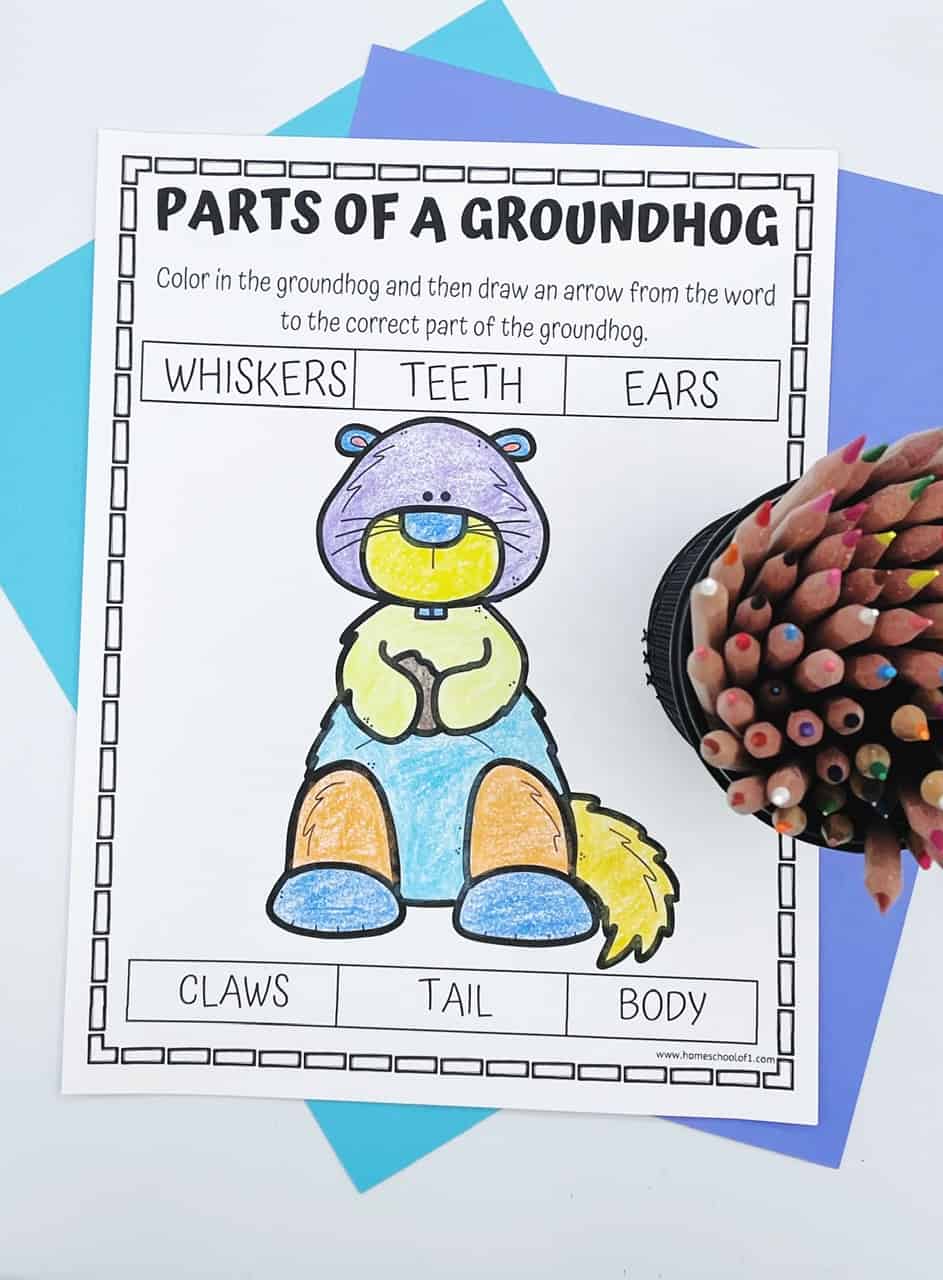
Body Parts of Birds Worksheets
Birds are fascinating for kids because their features are so visible, feathers, beaks, wings, and feet. These worksheets let children label and color familiar species while learning how each body part helps them survive.
- Chicken diagram – Label the comb, beak, wings, and feet to see how chickens use each part on the farm.
- Turkey page – Perfect around Thanksgiving, this sheet highlights the wattle, tail feathers, and other unique features.
- Penguin activity – Flippers, beak, and webbed feet show how penguins are adapted to swim and survive in cold climates.
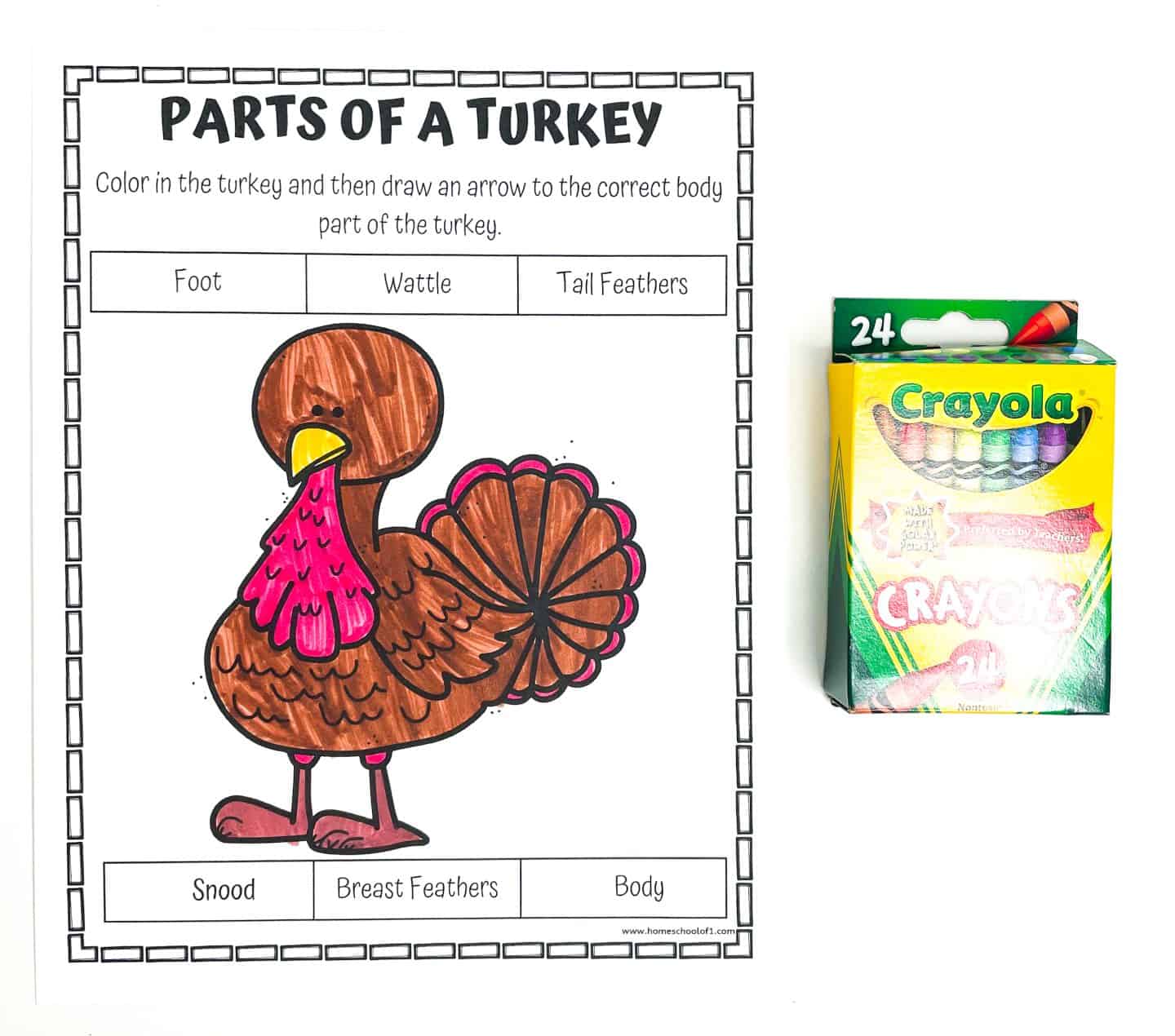
For more bird-themed learning, check out our different types of birds worksheet!
Reptile Anatomy Worksheets
Reptiles are some of the most interesting animals for kids to study because of their scales, shells, and cold-blooded nature. These worksheets give young learners a chance to label and color reptile features while connecting them to how each species survives.
Sea turtle page – Children can label the shell, flippers, head, and tail while learning how sea turtles are built for life in the ocean.
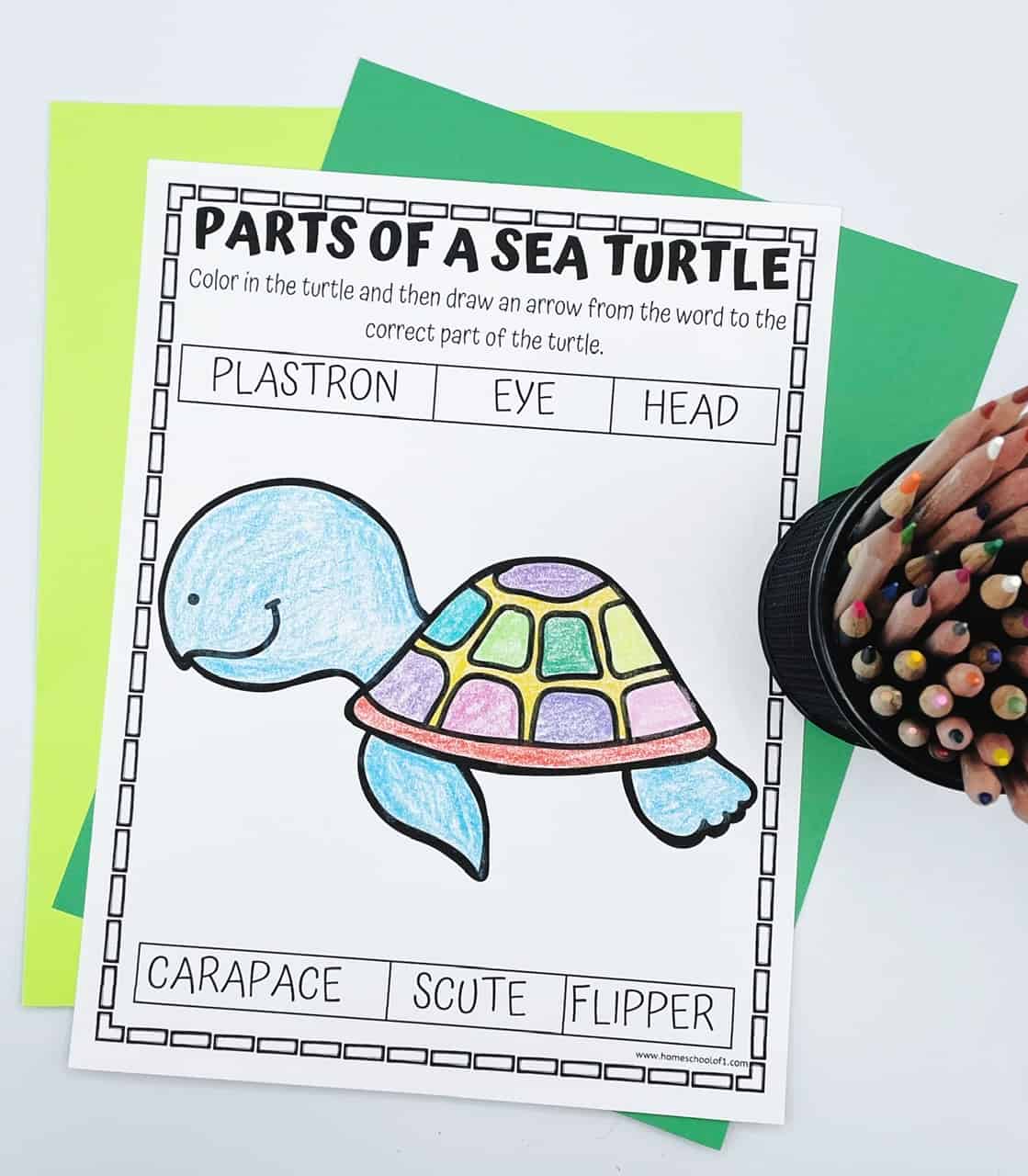
Amphibian Anatomy Worksheets
Amphibians are special because they can live both in water and on land. These worksheets help kids see how features like webbed feet and large eyes make that possible.
Frog page – Label the frog’s legs, eyes, and webbed feet, then color the diagram to show how frogs are built for swimming and jumping.
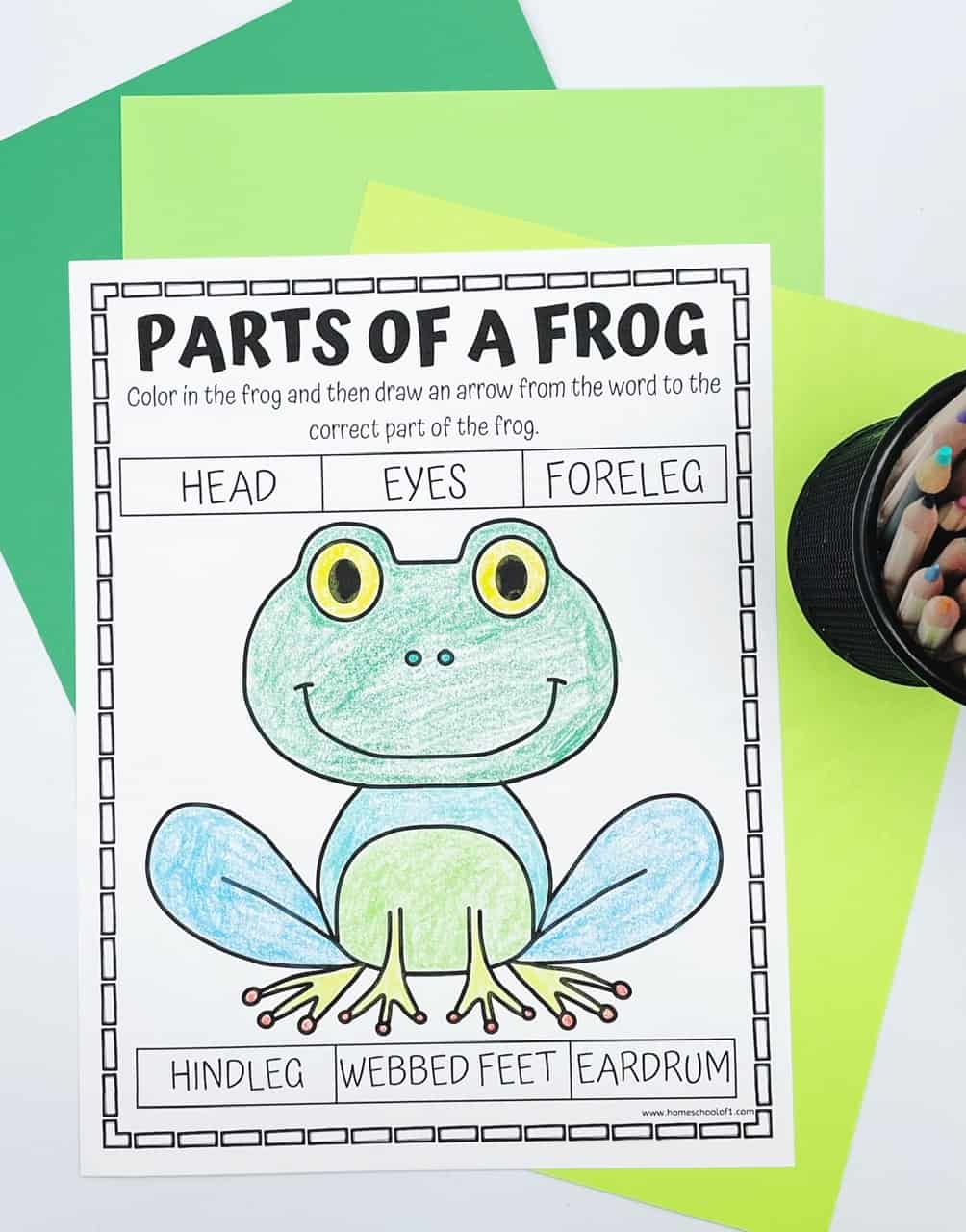
Aquatic Body Parts of Animals Worksheets
Kids who love the ocean will enjoy learning how different sea creatures are built to survive underwater. These worksheets encourage children to label and color features like claws, tentacles, and fins while exploring marine life.
- Crab page – Label the claws, legs, and shell to see how crabs move and protect themselves.
- Jellyfish sheet – Identify the bell and tentacles while learning how jellyfish drift and capture prey.
- Shark diagram – Fins, gills, and jaws highlight how sharks are designed to hunt and thrive in the ocean.
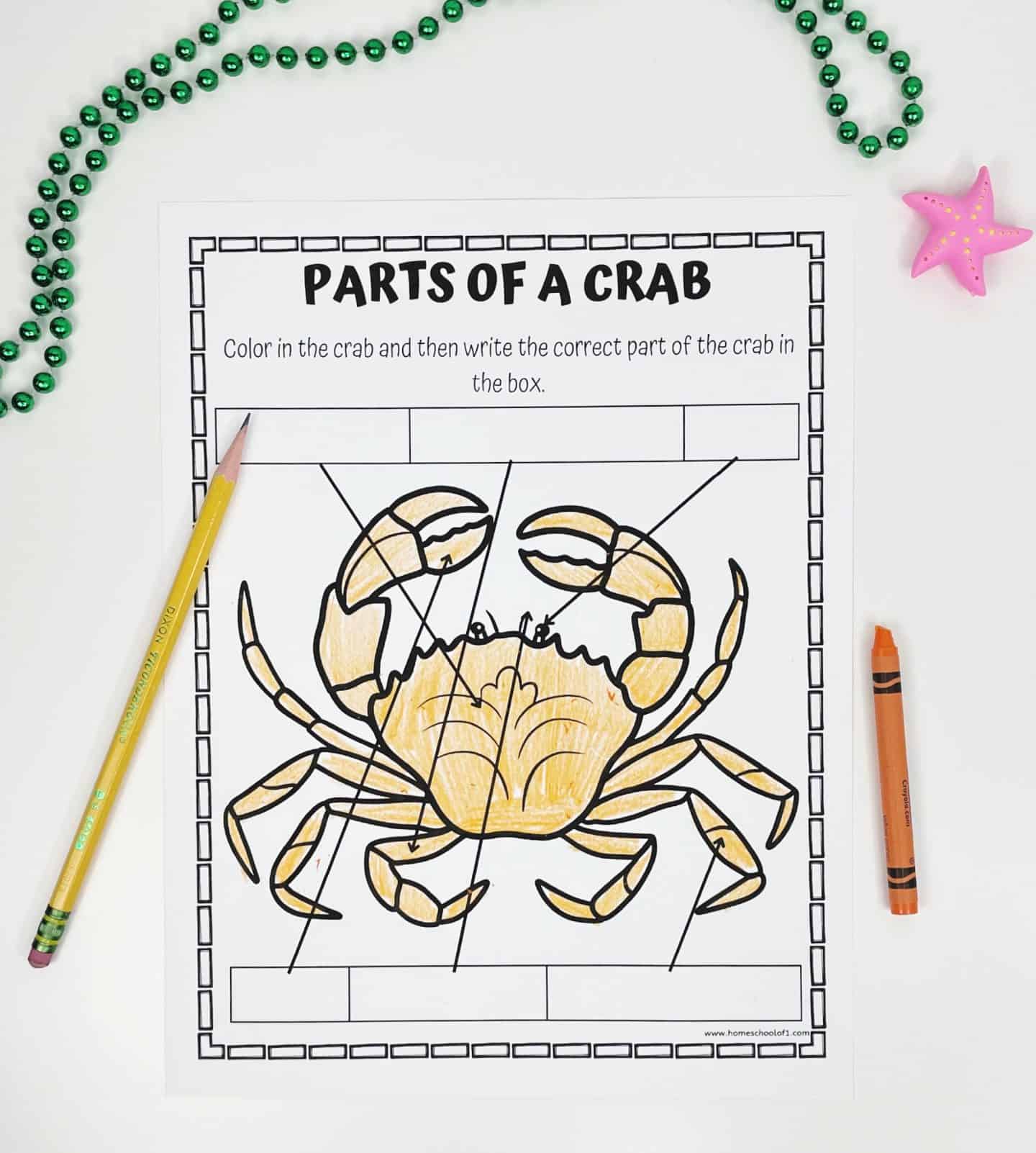
Why Use Anatomy Labeling Worksheets?
Understanding animal anatomy helps kids see what makes each species unique. These worksheets highlight features like wings, beaks, and tails, and show how those parts help animals move, eat, and survive.
Labeling and coloring turns science into a hands-on activity, making it easier for children to connect each body part to its function.
I’ve found this especially helpful with younger learners in kindergarten through 3rd grade, since it builds vocabulary, observation skills, and a foundation for later biology lessons.
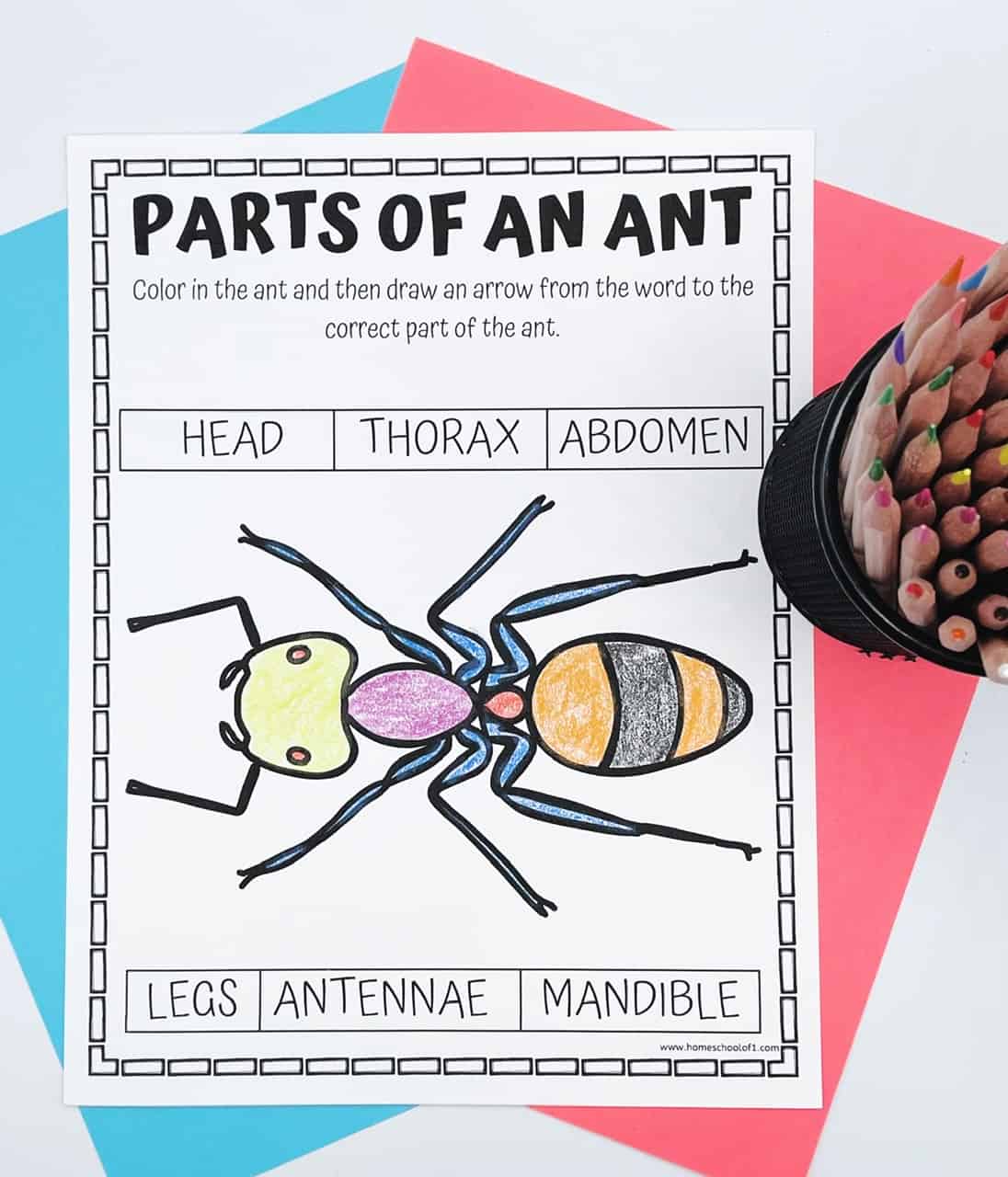
More Animal Body Parts Worksheets
If you’d like to expand your lessons, here are a few more activities that give kids the chance to label and color animal body parts while practicing observation skills.
- Dolphin diagram – Label the fins, blowhole, and streamlined body to see how dolphins are built for swimming and breathing at the surface.
- Mouse printable – A simple page for younger learners to identify ears, whiskers, and tail on a familiar small mammal.
- Quail sheet – Highlight feathers, beak, and feet while learning about this unique bird species.
These science worksheets make it easy to add variety to your science lessons, whether you’re working at home or in the classroom.
Last Updated on 21 October 2025 by Clare Brown

